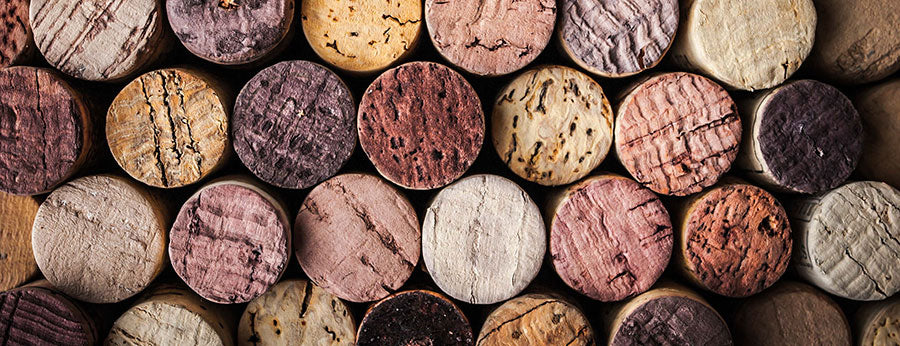
If you are using a high quality, iris compression jawed floor Corker there is no need to soak or sulfite any of the Wine Corks that Midwest Supplies sells. Simply insert them dry without any additional preparation.
If you are using a small, hand-held corker (plunger, single or double-lever types) you may need to prepare your corks by soaking them in warm water for 20 minutes. If you have trouble getting corks to pass through your hand-held corker, you may want to try adding 1 cup Glycerin to every four liters of warm water you use for soaking. This ensures that the corks get enough moisture to lubricate their passage through the corker, but not so wet that the corks will crumble apart.
While some books talk about boiling and long soaking corks in a sulfite solution, we do not recommend it. Cork is tree bark, and boiling it turns it to mush and it won’t seal your bottles. Long soaking can have the same result. If you soak the corks in sulphite the Corks can soak up the sulfite solution and transfer it to the wine.
How to Use Dried Out Corks
The trouble with handling very dry corks is that it’s tough to judge how long you can soak them before they become mushy. However, there is a nifty technique that you can use, if your corks are brittle either from age or low humidity storage. You can construct a ‘cork humidor.’
To create a cork humidor you will need a sanitized Plastic Bucket and Lid, an empty Wine Bottle, and a 1.25% solution of Metabisulphite (eight teaspoons of metabisulphite powder dissolved in a gallon of cool water). Fill the wine bottle halfway with the solution, and carefully stand it up in the bottom of the bucket. Gently pour your corks into the bucket, in the space around the bottle, and put the lid on tightly. Leave the bucket in a room temperature area for about a week. The liquid will evaporate from the wine bottle and raise the humidity in the bucket. This will in turn raise the moisture content of the corks, making them pliant enough for easy insertion into your wine bottles. The sulfur dioxide gas coming off the liquid will prevent the growth of molds or bacterial organisms keeping the corks sanitary.
No further treatment of the corks will be necessary before bottling. If you want to store your corks this way, replace the solution in the bottle every four weeks, and keep the lid tightly sealed. This will ensure that your corks will always be ready for use!
